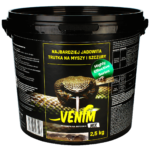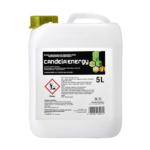
Did you know ?
Rats and mice are found wherever there is food and shelter.
Rodents are very adaptable, they can feed on a variety of foods depending on availability and have tremendous reproductive potential, acute senses and are also very good athletes.
Rodents Facts:
- Rodents are nocturnal. They usually feed at night, about half an hour after sunset and half an hour before sunrise.
- Rats are neophobic. They usually do not like anything new.
- Mice can survive a fall onto a hard surface from more than 2 meters.
- Mice are excellent climbers and can also swim.
- Rats can survive a fall from a height of almost 8 meters onto a hard surface.
- Rats can jump, climb and swim.
- Rats can also find their way into the building through the toilet.
- Rats can chew through almost anything - their teeth are hard and can bite 6 times per second.


NAGETIERSINNE
VIEW
Rodents are color blind. They mainly see light,
Shadows and movement.
SENSORICS
They use their hair and whiskers for orientation. For this reason, they move along walls and other objects. They have sensory pads on their feet.
They avoid hot or cold surfaces.
SMELL
To find food, rodents follow their sense of smell.
TASTE
Rodents react negatively to foods that cause them disease. They also remember after
only one food. Rodents learn which food satisfies their nutritional needs.

Mus musculus
Body & Tail: From light brown to gray to black. The tail is up to 9 cm long, semi-naked and longer than the head and body together.
Habitat: indoors and outdoors.
Nutrition: Omnivorous: seeds, cereals, fruits, vegetables and meat. It can survive without water and get enough moisture from its food. They eat only small amounts at a time.
Life cycle: If you live 15 to 18 months, you can produce up to 8 litters per year with 5 to 6 cubs per litter.
![[Title] 12](https://agro-fluid.de/wp-content/uploads/identifizierung-von-nagetieren-4-150x150.jpg)
Rattus rattus
Body & Tail: Gray to black colored, can grow up to 25 cm tall. The tail is hairless and longer than the body and head together.
Housing: Can be found in the upper parts of buildings and in trees.
Nutrition: Omnivorous, about 30 g of food per day. Its diet consists mainly of cereals and fruits. Must consume about 20 ml of water per day.
Life cycle: If you live up to 18 months, you can produce up to 6 litters per year with 6-8 cubs per litter.

Body & Tail: From light brown to gray to black. The tail is up to 9 cm long, semi-naked and longer than the head and body together.
Housing: indoors and outdoors.
Nutrition: Omnivorous: seeds, cereals, fruits, vegetables and meat. It can survive without water and get enough moisture from its food.
Life cycle: If you live 15 to 18 months, you can produce up to 8 litters per year with 5 to 6 cubs per litter.




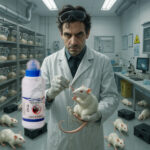
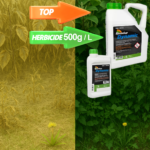
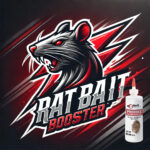
![[Title] 4](https://agro-fluid.de/wp-content/uploads/rattenbefall-vorher-nachher-_final_1-150x150.png)
